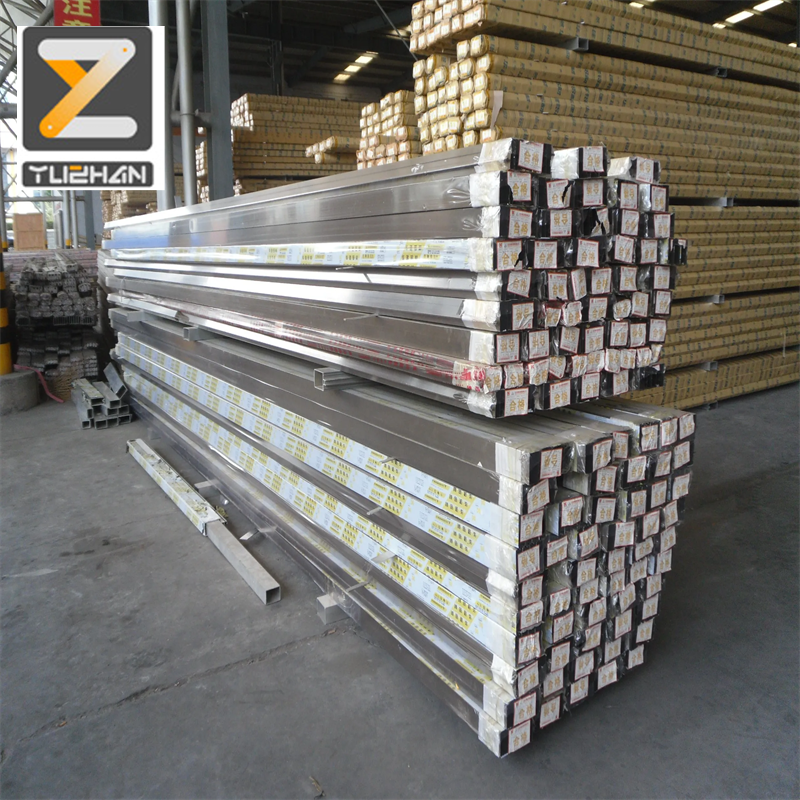How to distinguish industrial aluminum profiles from civil aluminum profiles?
The main difference lies in the amount of aluminum, which has nothing to do with factors such as price, cost, or whether it is toxic or harmful, but lies in the physical properties required for its manufacture.
Civilian aluminum is mostly cooked aluminum, that is, aluminum with a high aluminum content, such as aluminum pots and aluminum alloy doors and windows, mostly extruded aluminum.
Industrial aluminum requires casting and rolling, so it has higher requirements on the physical properties of aluminum alloys. Other elements need to be added to improve the physical properties of aluminum itself, such as commonly used aluminum-silicon alloys, aluminum-magnesium alloys, and aluminum-copper alloys. Generally known as raw aluminum aluminum.
The difference in material between the two: the aluminum used in civil aluminum profiles is mostly cooked aluminum with high aluminum content, such as aluminum pots, aluminum lunch boxes, aluminum sheets, aluminum wires, and aluminum tubes for daily use, all of which are made of cooked aluminum. Industrial aluminum profile is a new type of alloy material, which has high requirements on the physical properties of aluminum alloys. Other elements need to be added to improve the physical properties of aluminum itself, such as commonly used aluminum-silicon alloys, aluminum-magnesium alloys, aluminum-copper alloys, etc., commonly known as Raw aluminum aluminum. Civil aluminum and industrial aluminum have different aluminum content, and their characteristics are also different. Civil aluminum is relatively soft and can be rolled into various shapes.








